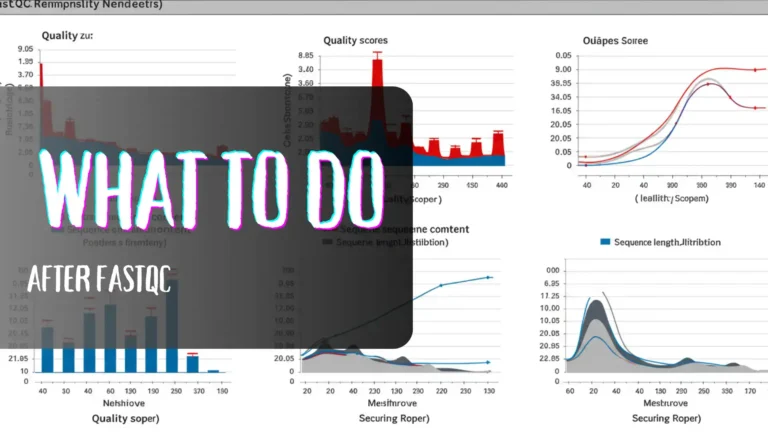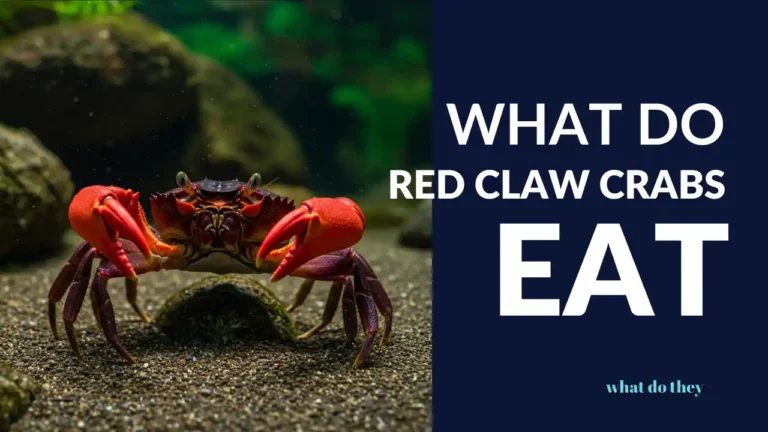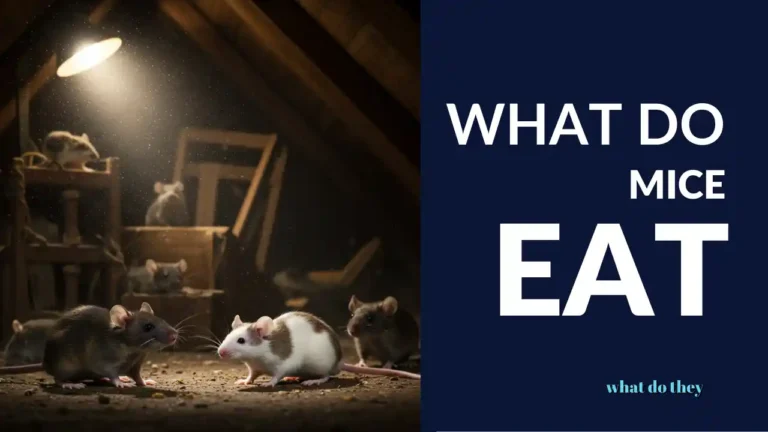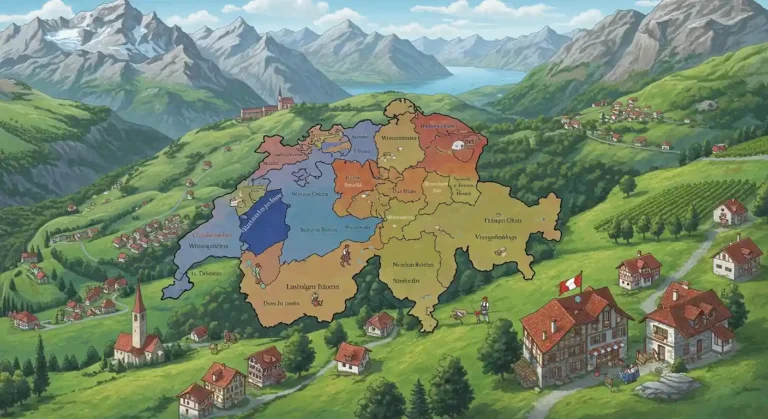Are you captivated by the vibrant red fins and sleek black body of the rainbow shark in your aquarium and wondering what do rainbow sharks eat to maintain their striking colors and active lifestyle? These popular freshwater fish, native to Southeast Asian waters, have specific dietary needs that help sustain their energy and overall health. If you’re interested in aquarium fish diets, you might also enjoy our articles on:
In this comprehensive guide by What Do They, you’ll discover the natural diet of rainbow sharks, how their feeding habits differ in captivity, and important nutritional considerations for these eye-catching aquarium inhabitants.
Natural Food of Rainbow Sharks

Rainbow sharks (Epalzeorhynchos frenatum), despite their name, aren’t actually sharks but rather members of the carp family native to Thailand and surrounding regions. In their natural habitats, what do rainbow sharks eat consists primarily of:
Primary Food Sources
- Algae (a significant portion of their wild diet)
- Biofilm from rocks and submerged surfaces
- Small aquatic insects and larvae
- Zooplankton
- Plant matter and detritus
- Small crustaceans
- Insect eggs
- Worms and other benthic invertebrates
- Decaying organic material
- Seeds and plant fragments
What’s particularly interesting about rainbow sharks is their feeding behavior—they’re primarily bottom dwellers that use their specialized mouth structure to scrape algae and microorganisms from surfaces. Their slightly downturned mouth is perfectly adapted for this feeding style, allowing them to graze continuously throughout the day.
Specialized Feeding Behaviors

Understanding what do rainbow sharks eat requires appreciating their natural feeding techniques:
- Bottom-dwelling grazing pattern
- Use of barbels to detect food in substrate
- Scraping algae from hard surfaces with specialized mouth
- Sifting through sandy substrates for food particles
- Territorial defense of prime feeding areas
- Dawn and dusk increased feeding activity
- Opportunistic feeding when food sources become available
In the wild, rainbow sharks have evolved to be efficient algae eaters and omnivorous scavengers that help maintain the cleanliness of their natural habitats.
Rainbow Sharks in Home Aquariums

For captive rainbow sharks, what do rainbow sharks eat should mirror their natural diet while ensuring complete nutrition. Common food items include:
Staple Diet Components
- High-quality sinking pellets (essential base diet)
- Algae wafers
- Blanched vegetables (zucchini, cucumber, spinach)
- Frozen foods (bloodworms, brine shrimp, daphnia)
- Live foods (blackworms, small insects)
- Vegetable-based flakes
- Spirulina-enriched foods
- Occasional freeze-dried treats
- Natural algae growing in the tank
- Bottom feeder tablets
Nutritional Balance
Properly understanding what do rainbow sharks eat involves ensuring balanced nutrition:
- Protein requirements: 30-40% of diet
- Plant matter: At least 40-50% of intake
- Essential vitamins: Particularly A, D, and E
- Minerals: Including calcium and phosphorus
- Fiber content: Important for digestive health
- Carotenoids: Help maintain vibrant coloration
Feeding Schedule and Amounts
What do rainbow sharks eat is closely tied to how and when they eat:
- Feed small amounts 2-3 times daily
- Provide only what can be consumed in 2-3 minutes
- Ensure food reaches the bottom where they feed
- Adjust quantities based on individual fish’s age and size
- Monitor consumption to prevent overfeeding
- Include fasting day once weekly to prevent bloating
- Observe natural grazing throughout the day
Overfeeding can lead to obesity, poor water quality, and health problems, so careful portion control is essential.
The Change of Diet with Age

What do rainbow sharks eat varies somewhat throughout their lifecycle:
Juvenile Rainbow Sharks
- Higher protein requirements (approximately 40-45%)
- More frequent feedings (3-4 times daily)
- Smaller food particles appropriate for size
- Emphasis on growth-promoting nutrients
- Greater acceptance of varied food types
- More opportunistic feeding behavior
- Higher caloric needs relative to body size
Adult Rainbow Sharks
- More plant matter in diet (50% or more)
- Regular feeding schedule (2 times daily)
- Larger food pieces appropriate for adult size
- Maintenance rather than growth nutrition
- More established feeding territories
- Better ability to utilize algae and vegetable matter
- More pronounced food preferences
This transition from juvenile to adult diet helps support the natural development and long-term health of these distinctive fish.
Common Feeding Challenges

When considering what do rainbow sharks eat, several challenges often arise:
Competition With Tank Mates
- Territorial behavior during feeding times
- Aggression toward similar bottom-dwelling species
- Need for multiple feeding areas in community tanks
- Ensuring slower feeders get enough food
- Preventing food monopolization by dominant fish
Dietary Rejection Issues
- Initial reluctance to accept new foods
- Preference for certain textures or flavors
- Seasonal appetite fluctuations
- Stress-related feeding refusal
- Boredom with monotonous diet
Environmental Factors
- Water quality impact on appetite
- Temperature effects on metabolism and feeding
- Lighting influence on natural feeding rhythm
- Tank decoration limiting access to feeding areas
- Substrate type affecting natural foraging behavior
Experienced aquarists often develop feeding strategies specific to their rainbow sharks’ individual preferences and tank dynamics.
Creating a Natural Feeding Environment
To best replicate what do rainbow sharks eat in the wild, tank setup plays a crucial role:
Ideal Substrate Choices
- Fine gravel or sand for natural foraging
- Texture that allows scraping without damage to barbels
- Dark colors to encourage natural behavior
- Adequate depth for sifting activities
- Areas with different substrate textures
Surface Area for Algae Growth
- Natural rocks and driftwood for biofilm development
- Adequate lighting to support beneficial algae
- Unpolished surfaces for effective grazing
- Strategic placement of algae-growing surfaces
- Varied textures for different feeding experiences
Planted Areas for Foraging
- Hardy plants that can withstand some nibbling
- Arrangement allowing swimming space near bottom
- Plant varieties that harbor microorganisms
- Leaf litter zones for natural decomposition
- Plant species native to Southeast Asia
Foods to Avoid
Understanding what do rainbow sharks eat also means knowing what they shouldn’t consume:
Inappropriate Foods
- High-salt prepared foods
- Primarily floating foods they can’t easily reach
- Foods with artificial colors or preservatives
- Excessive protein-only diets
- Human snacks or table scraps
- Exclusively dried foods without moisture
- Foods formulated for primarily carnivorous fish
- Large food pieces they cannot properly consume
Feeding Mistakes to Avoid
- Overreliance on single food type
- Infrequent large feedings versus regular small ones
- Allowing food to decompose in tank
- Ignoring individual preferences
- Failing to vary diet seasonally
Health Indicators Related to Diet
The proper understanding of what do rainbow sharks eat directly impacts health indicators:
Signs of Good Nutrition
- Vibrant red fins with deep contrast to body
- Active, energetic swimming behavior
- Healthy growth rate
- Clear eyes and intact fins
- Regular waste elimination
- Appropriate body condition (not too thin or bloated)
- Interest in food and environment
Nutritional Problem Indicators
- Faded coloration, particularly in fins
- Lethargy or unusual swimming patterns
- Visible weight loss or emaciation
- Bloating or swollen abdomen
- Stringy or discolored feces
- Reduced feeding response
- Increased aggression during feeding times
Special Dietary Considerations for Breeding

For those interested in breeding rainbow sharks, understanding specific nutritional needs is essential:
Pre-Breeding Nutrition
- Increased protein content
- Live food introduction to stimulate breeding condition
- Higher frequency of feeding
- Vitamin supplements, especially vitamin E
- Careful observation of female nutritional status
Fry Feeding Requirements
- Infusoria and microscopic foods initially
- Transition to baby brine shrimp
- Crushed high-quality flakes
- Commercial fry foods
- Gradual introduction to adult diet components
So the Answer to What do Rainbow Sharks Eat is…
Understanding what do rainbow sharks eat provides valuable insights into keeping these beautiful fish healthy and vibrant in home aquariums. Their omnivorous diet with an emphasis on algae and plant matter, supplemented by protein-rich foods, reflects their natural feeding patterns in Southeast Asian waterways. By replicating these dietary patterns and providing a varied, nutritionally complete menu, aquarists can enjoy the active behavior and striking appearance of rainbow sharks for their full lifespan of 5-8 years.
Whether you’re a new rainbow shark owner or an experienced aquarist looking to optimize your fish’s diet, appreciating their unique nutritional needs is key to success. With proper feeding, these eye-catching fish will reward you with their distinctive appearance, interesting behavior, and valuable algae-control services in your freshwater community tank.








Leave a Comment